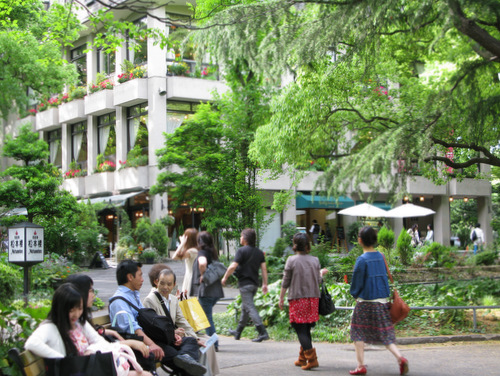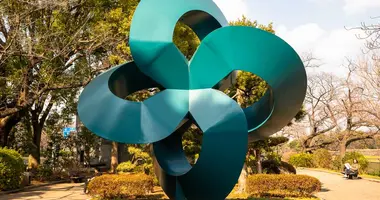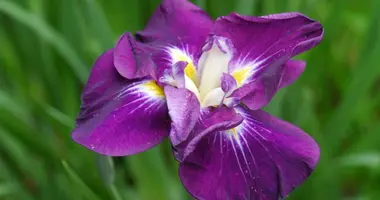Hibiya Park: A green oasis in the heart of Tokyo
- Published on : 09/03/2024
- by : Japan Experience
- Youtube
Nestled in the bustling center of Tokyo, Hibiya Park offers a peaceful 16-hectare escape from the surrounding urban landscape. Despite its prime location near bustling areas like Ginza and the government district, the park provides a natural haven with lush greenery, tranquil ponds, and seasonal flowers. Visitors can enjoy the park's rich history, convenient accessibility, and year-round appeal, making it a must-visit destination for both locals and tourists alike.
The fascinating history of Hibiya Park
Hibiya Park boasts a captivating history that reflects Tokyo's transformation over the centuries. During the Edo period (1603-1868), the land belonged to the estates of powerful feudal lords, the Mōri and Nabeshima clans. As Japan modernized in the late 19th century, the site became a military parade ground. However, the area's true potential was realized in 1903 when it was converted into Japan's first Western-style public park.
The park's opening was not without controversy. In 1905, the Hibiya Riots erupted in the park as 30,000 people protested against the terms of the Portsmouth Treaty, which ended the Russo-Japanese War. The riots, fueled by nationalistic sentiment and a critical press, spread throughout Tokyo, resulting in numerous casualties, property damage, and months of martial law. This event marked a significant turning point in Japan's political landscape and the rise of Japanese nationalism.
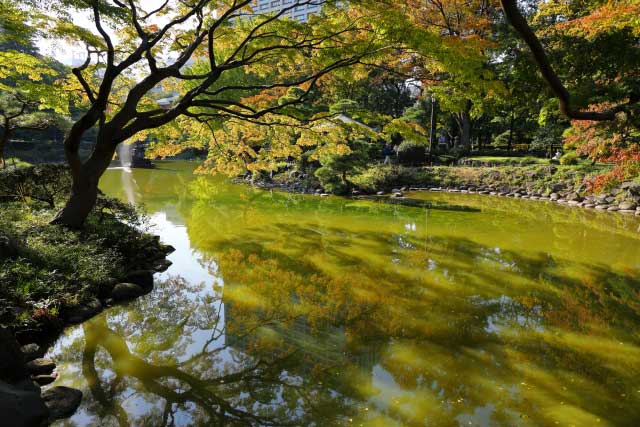
Hibiya Park, Tokyo
Exploring the park's diverse natural features
Hibiya Park showcases an impressive array of natural beauty across its expansive grounds. The park is home to over a hundred species of trees, including a majestic 400-year-old ginkgo tree known as the "kubi-kake ginkgo." This tree was saved from destruction during the park's construction by the chief designer, Dr. Seiroku Honda, who risked his job to ensure its relocation and survival.
Two large Western-style flower gardens serve as focal points, one featuring tulips and a large fountain, and the other showcasing a stunning rose collection. The park's pond, complete with a bronze crane fountain, dates back to 1905 and attracts live cranes and other wildlife. Visitors can also enjoy the sight of seasonal flora, such as cherry blossoms in spring, hydrangeas in summer, and maple leaves in autumn, creating an ever-changing landscape throughout the year.
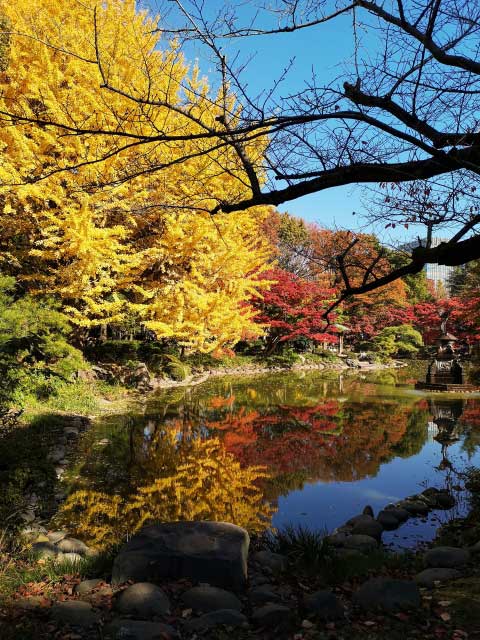
Fall leaves, Hibiya Park, Tokyo
Seasonal highlights and events at Hibiya Park
No matter the season, Hibiya Park offers a wealth of events and natural wonders for visitors to enjoy. In spring, the park comes alive with cherry blossoms, attracting locals for hanami (cherry blossom viewing) picnics beneath the pink canopy. Summer brings vibrant hydrangeas and gardenias, while autumn paints the park in warm hues of red, orange, and gold from the numerous maple and ginkgo trees.
The park also hosts various events and festivals throughout the year. The Hibiya Oktoberfest, held in late September to early October, celebrates German culture with food, beer, music, and dance. In November, the park showcases a breathtaking chrysanthemum display, honoring the flower's significance in Japanese culture and its association with the Imperial family. During the winter holiday season, the park is illuminated with dazzling light displays, creating a romantic atmosphere for couples and families alike.
Cultural attractions and amenities within the park
Hibiya Park offers more than just natural beauty; it also houses a variety of cultural attractions and amenities for visitors to enjoy. The park features two outdoor music domes, a large and a small one, which regularly host concerts and festivals, especially on weekends. The Park Museum and Hibiya Library provide educational opportunities for those interested in the park's history and Tokyo's development.
For those looking to dine or relax, the park offers several restaurants and cafes, as well as a traditional Japanese garden with a teahouse. Active visitors can make use of the tennis courts and jogging paths, while children can enjoy the playground facilities. The park is also dotted with fascinating mementos from around the globe, such as a replica of the famous Italian statue of Romulus and Remus, a piece of Micronesian stone money, and a Viking stone epitaph.
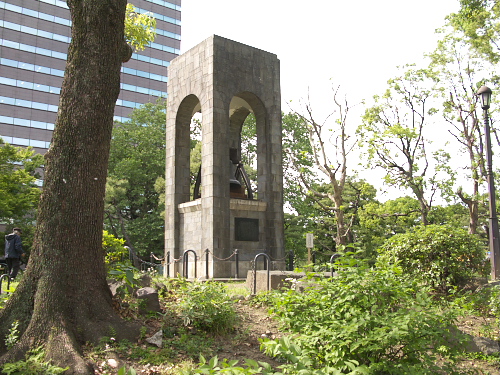
Liberty Bell, Hibiya Park, Tokyo
Getting to Hibiya Park: Location and transportation
Hibiya Park is conveniently located in the heart of Tokyo, making it easily accessible by public transportation. Visitors can reach the park through the following stations and exits:
- Kasumigaseki Station (Hibiya & Marunouchi subway lines) - Exit B2
- Hibiya Station (Hibiya & Chiyoda subway lines) - Exits A10 or A14
- Yurakucho Station (Yurakucho subway line) - Exit B2 in Yurakucho, then a 150m walk
- Yurakucho Station (JR Yamanote line) - 8-minute walk
For those driving, the park offers an underground parking area for convenience. A detailed map of the park's location can be found here.
Nearby landmarks and attractions to combine with your visit
Hibiya Park's central location makes it an ideal starting point for exploring other nearby attractions. Just north of the park lies the Imperial Palace, the primary residence of Japan's Imperial Family. Visitors can stroll through the palace's East Gardens or join a guided tour of the inner grounds.
To the east of the park, Tokyo Midtown Hibiya offers a 7-floor shopping, dining, and entertainment complex. Adjacent to Tokyo Midtown Hibiya is the Tokyo Takarazuka Theater, home to the famous all-female Takarazuka Revue theater troupe, and the luxurious five-star Imperial Hotel Tokyo.
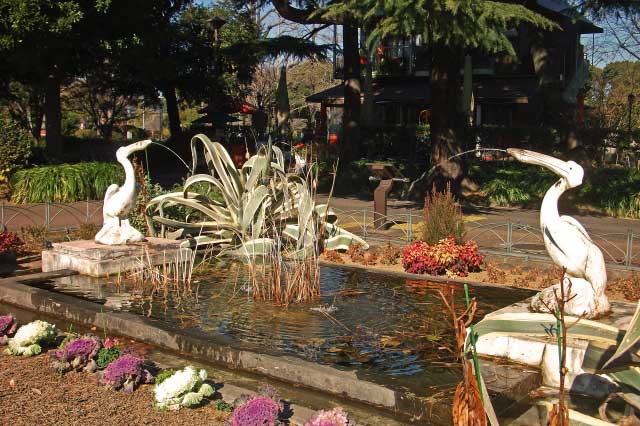
Hibiya Park pelican garden, Tokyo
Tips for making the most of your time at Hibiya Park
To fully enjoy your visit to Hibiya Park, consider the following tips:
- Visit during different seasons to experience the park's changing landscape and seasonal events
- Bring a picnic blanket and enjoy a leisurely lunch on the lawn or under the cherry blossoms in spring
- Check the park's event calendar to catch concerts, festivals, or cultural celebrations during your visit
- Explore the park's various gardens, fountains, and monuments to discover its hidden gems and global influences
- Combine your park visit with nearby attractions like the Imperial Palace or Tokyo Midtown Hibiya for a full day of sightseeing
Hibiya Park's role as an urban oasis for Tokyo residents and visitors
As Tokyo's first Western-style park, Hibiya Park has served as a vital green space and cultural hub for over a century. Its diverse natural features, seasonal beauty, and wide range of amenities make it a beloved destination for both local residents and international visitors. The park offers a much-needed respite from the city's bustling pace, allowing people to reconnect with nature, enjoy cultural events, and create lasting memories.
In a metropolis as dense and fast-paced as Tokyo, Hibiya Park stands as a testament to the importance of preserving and cherishing urban green spaces. As the city continues to grow and evolve, the park remains a constant source of tranquility, beauty, and community, ensuring that the spirit of Tokyo's past continues to thrive alongside its ever-advancing future. Whether you're a history buff, a nature lover, or simply seeking a moment of peace amidst the city's chaos, Hibiya Park promises an unforgettable experience in the heart of Tokyo.
